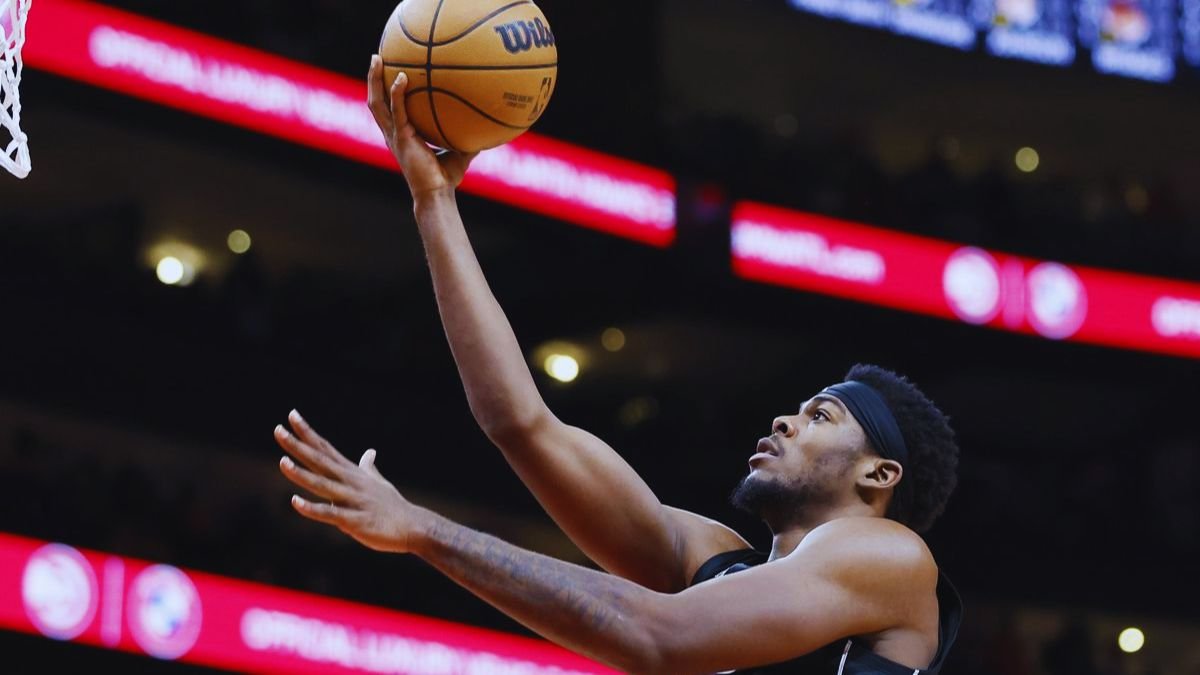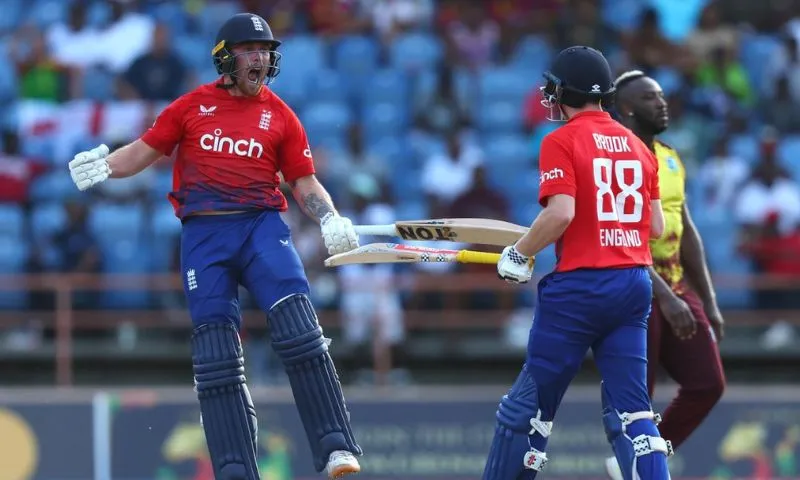This past summer, PD Web, a guru in player development and scouting, tweeted these words, and they hold true. In modern basketball, teams require power forwards to adapt their games to whatever is necessary for winning, covering up any weaknesses in outdated roster construction.

Is your team focusing on rim protection, floor-spacing, rebounding, transition offense, or connective passing? If you’re unsure, identify the specific role assigned to the power forward. In a recent pregame talk, Brooklyn Nets Head Coach Jacque Vaughn shared what he told Dorian Finney-Smith: “Bro, take eight three-pointers. Feel free to shoot them. We encourage you to do so because we have confidence in your ability.” Interesting, isn’t it?
The same principles can be applied to the backup center, although in a less glamorous capacity. They serve as the NBA’s season-long innings-eater, accumulating 1500 unremarkable minutes in lineups dominated by bench players. These lineups are often recognized by League Pass viewers as a signal to switch games. However, these minutes reflect what teams view as their season-long strategic advantage. For a decade, Javale McGee’s employers have depended on him to thwart attempts at the rim while aggressively rolling on the offensive end. When there’s a need to generate 3-point opportunities and create space on the floor, players like Danilo Gallinari and Dario Šarić step in.
The Brooklyn Nets’ stated commitment to enhance their poor rebounding drew skepticism due to an offseason without clear actions to tackle the problem. As Media Day approached, Jacque Vaughn pledged to employ more drop coverage, aiming to keep big men near the paint and, ideally, prevent perimeter players from being pulled into defensive rotations.
He also committed to giving more playing time to Day’Ron Sharpe, stating, “I believe Day’Ron Sharpe will have an early opportunity to showcase how he can make an impact, not just by helping us reset situations through offensive rebounding, but also by being a formidable presence for us around the rim. He’s a player who will likely earn some early minutes, and we’ll observe how he responds to that.
The 22-year-old has indeed received an early opportunity, and he has showcased the best performance of his young career. To be transparent, Brooklyn’s third-year center has some noticeable weaknesses. He is shooting a career-high 64% at the rim, which is comparable to smaller players like Buddy Hield, Marcus Smart, and Josh Hart. However, he is also turning the ball over more frequently than most guards with high usage. On the defensive end, the effectiveness of the drop coverage remains inconsistent.
However, Brooklyn is decisively winning the minutes when Sharpe is on the court, with a margin of 10.7 points per 100 possessions. This success can be attributed to Lonnie Walker’s performance and some variability in 3-point shooting. It’s essential to note that the sample size is small, but the bottom line is that winning your minutes is winning your minutes.
Sharpe’s rebounding contributes valuable additional possessions, and this is where his on-court value becomes evident in the stat sheet. His rebounding prowess stems from a growing physical energy that is challenging for opponents to counter. Spencer Dinwiddie attributed this energy to sparking Brooklyn’s comeback against the Chicago Bulls, stating, “I believe Day’Ron turned the flow of the game… Day’Ron just changed the context of the game.
The UNC product in now running the floor at previously unseen speeds and finishing momentum-changing plays.
Sharpe attributes this newfound energy to consistently working on his body since arriving in Brooklyn as a teenager. He remarked, “You know, I hadn’t been getting a lot of minutes my first two years. Even though I did play a lot of minutes (vs. Chicago) I wasn’t that tired, you know what I’m saying?
“With the conditioning during the summer, the additional weightlifting, the extra repetitions, and the continued effort during the previous season, including conditioning when I wasn’t playing… I’m still working on my conditioning, aiming to stay in shape for whenever I need to be on the court.
Now, his teammates have taken notice of the effort and come to anticipate it from Sharpe. Dinwiddie commented, “Day’Ron catches a lot of flack, but man, he plays hard… We had an offensive rebounding game in training camp, and he was, like I said, effectively LeBron during that specialized game. You can see his impact on rebounding; he probably has the potential to be one of the more dynamic rebounders in the league given the time, experience, and other factors.
While Sharpe’s advancing motor enables him to pursue more rebounds, it’s important to note that it’s not solely about hustle. There’s a technique, a skill to rebounding that Brooklyn’s young big displays abundantly. When this skill is combined with wholehearted effort, it makes him a challenge to keep off the glass. Just before this rebound and put-back, observe Sharpe sliding to the opposite side of the rim and initiating a box-out against Nikola Vucevic.
“I’ve always had that since day one,” Sharpe says of his rebounding technique. “The only thing I’d say is, I wasn’t in as good shape or the best physical form yet, but I feel I’ve always had that since day one. Rebounding has been my thing since day one, regardless of who we’re playing against or how big they were. I’ve always done that.”
The Day’Ron Sharpe Experience is consistently unrestrained, whether for better or worse. At times, this translates to quickly accumulating fouls even in limited minutes or facing challenges in finishing multiple attempts around the basket. However, Sharpe is typically the only one who can hinder his progress. When things are going well, it’s impossible to keep him off the glass, and preventing him from making momentum-shifting plays that energize the crowd and his teammates becomes nearly impossible. These are the kinds of plays that steadily accumulate over a season.
“You know, some games are down, some games are up. I’m just trying to take it one game at a time and get more comfortable playing more minutes this year. It’s a game-by-game process for me. I just take it game-by-game. That’s how I approach it.”











